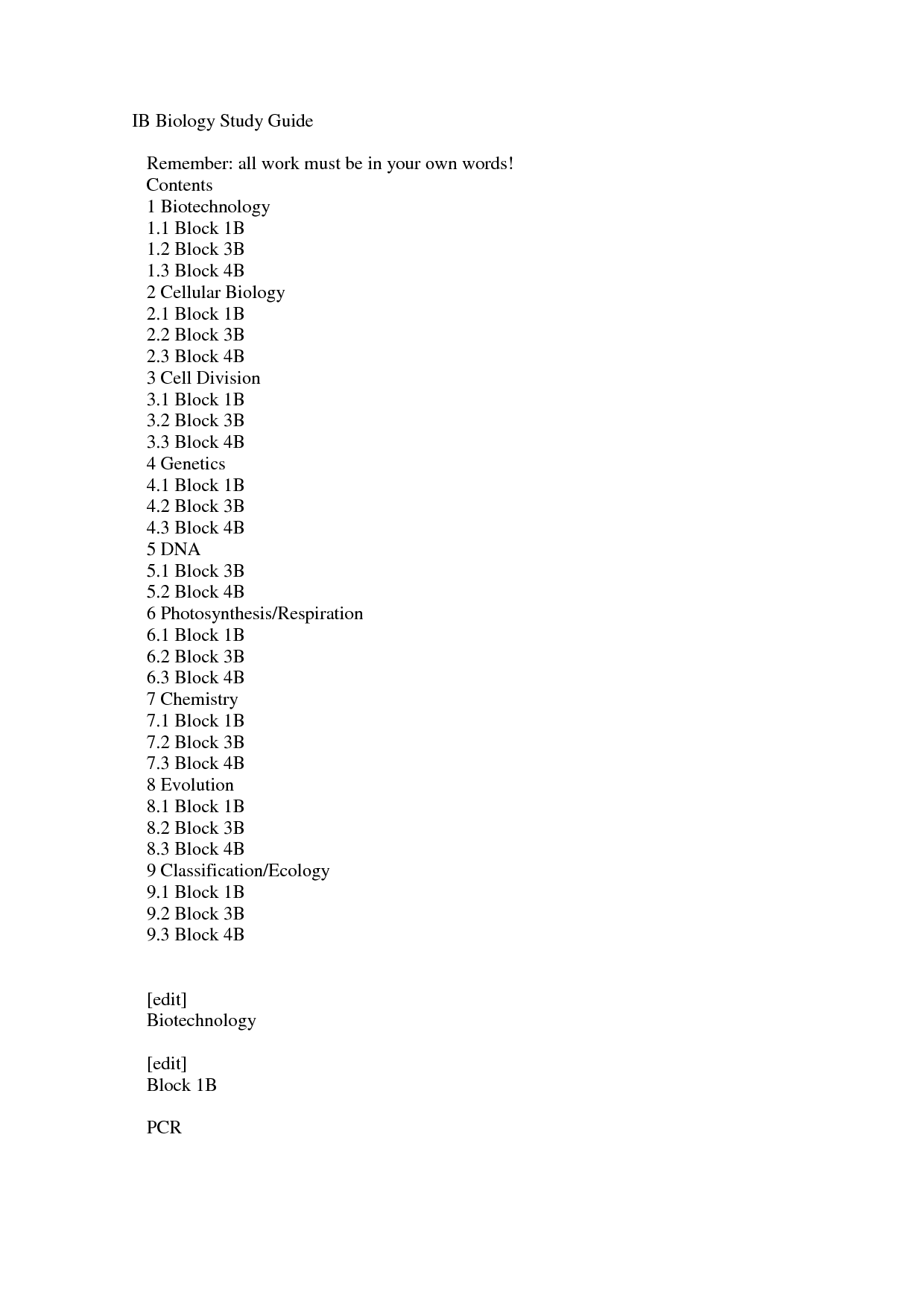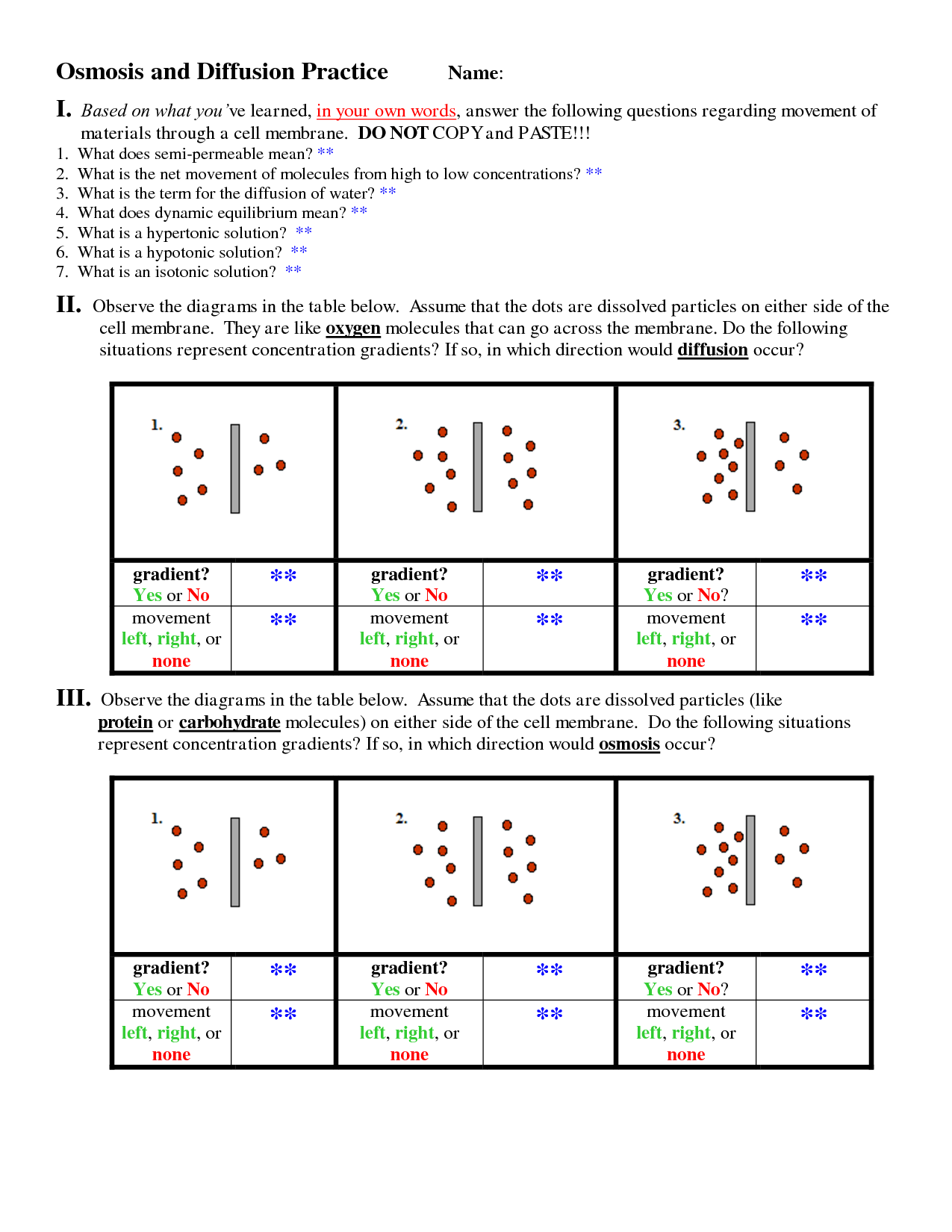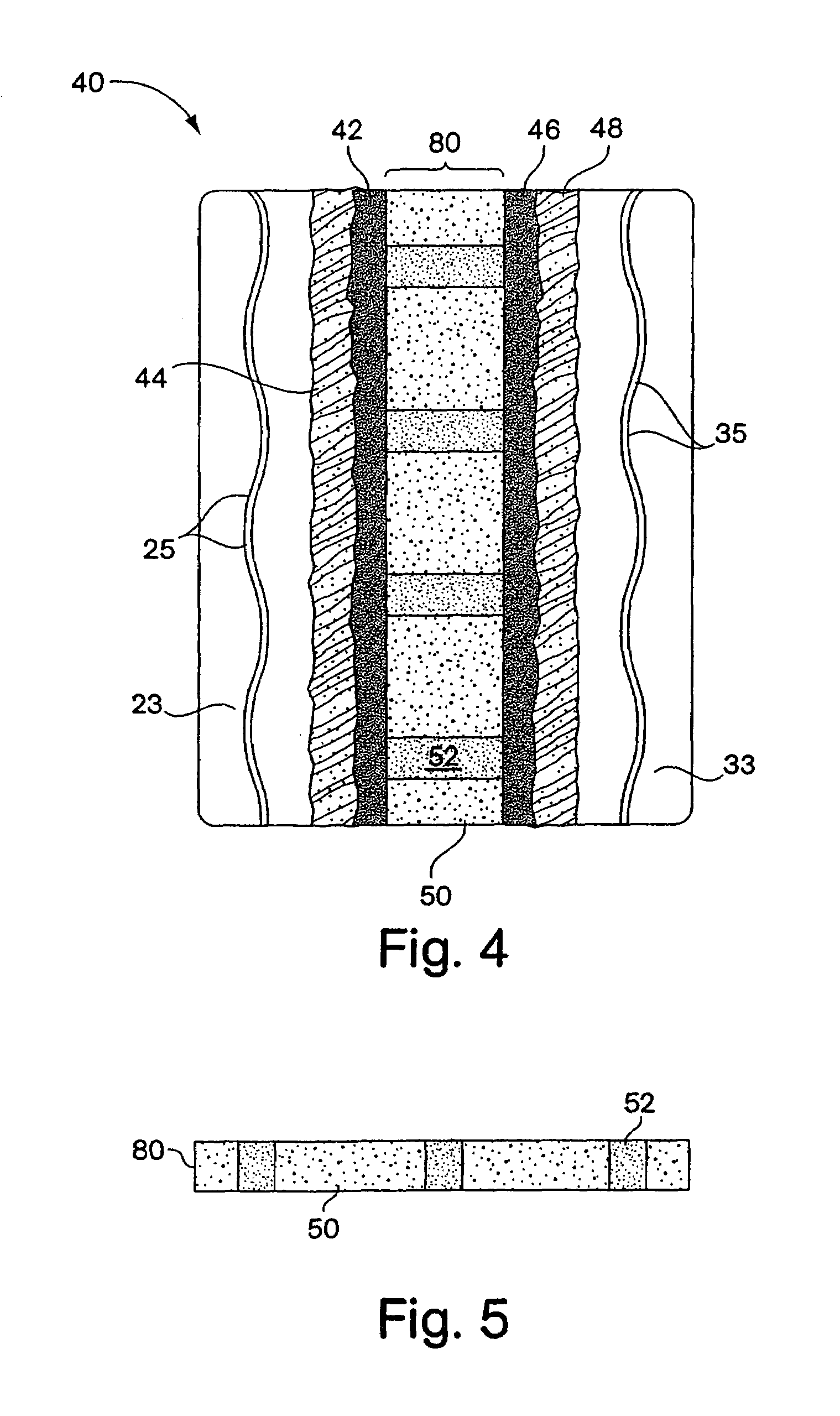Cell Transport Worksheet Review Answers
Worksheets are a helpful educational tool that allows students to practice and reinforce their understanding of specific topics. When it comes to mastering the complexities of cell transport, having an organized and comprehensive resource at your fingertips can make all the difference. In this blog post, we will explore the importance of worksheets for students studying cell transport and provide a review of the answers to the Cell Transport Worksheet, offering a valuable learning resource for biology students seeking to strengthen their understanding of this subject.
Table of Images 👆
More Other Worksheets
Kindergarten Worksheet My RoomSpanish Verb Worksheets
Cooking Vocabulary Worksheet
DNA Code Worksheet
Meiosis Worksheet Answer Key
Art Handouts and Worksheets
7 Elements of Art Worksheets
All Amendment Worksheet
Symmetry Art Worksheets
Daily Meal Planning Worksheet
What is cell transport?
Cell transport refers to the movement of molecules or ions across cellular membranes through various mechanisms such as passive diffusion, facilitated diffusion, and active transport. It is vital for maintaining cellular functions and homeostasis by allowing essential nutrients to enter the cell and waste products to leave. Transport proteins play a crucial role in these processes by facilitating the movement of substances across the membrane.
What are the two main types of cell transport?
The two main types of cell transport are passive transport and active transport. Passive transport does not require energy and includes processes such as diffusion, osmosis, and facilitated diffusion. Active transport, on the other hand, requires the cell to expend energy in the form of ATP to move molecules against their concentration gradient, typically through transport proteins embedded in the cell membrane.
Describe passive transport.
Passive transport is a process in which substances move across a cell membrane without the input of energy from the cell. This movement occurs down the concentration gradient, from an area of high concentration to an area of low concentration, and includes simple diffusion, facilitated diffusion, and osmosis. These mechanisms allow for the transport of molecules such as gases, small ions, and water across the cell membrane to maintain proper cellular functions.
Explain the process of diffusion.
Diffusion is the movement of molecules from an area of higher concentration to an area of lower concentration. This occurs due to the constant random motion of molecules, leading to a gradual spreading out of substances until equilibrium is reached. Diffusion is a passive process that is driven by the inherent kinetic energy of molecules and does not require energy input. It is crucial for various biological processes, such as the exchange of gases in the lungs and the absorption of nutrients in cells.
How does osmosis occur in cells?
Osmosis occurs in cells when water molecules move across a selectively permeable membrane from an area of lower solute concentration to an area of higher solute concentration in order to equalize the solute concentrations on both sides of the membrane. This movement of water helps maintain the balance of solutes and water inside the cell, allowing for proper cellular function and maintaining cell turgor pressure.
What is facilitated diffusion?
Facilitated diffusion is a process in which molecules move across a cell membrane with the help of specific proteins called transporters. These transporters facilitate the movement of molecules by providing a pathway through the membrane, allowing them to passively diffuse down their concentration gradient. Unlike simple diffusion, facilitated diffusion requires the presence of these transporter proteins to assist in the movement of larger or polar molecules that would otherwise have difficulty crossing the membrane on their own.
Describe active transport.
Active transport is a cellular process that requires the use of cellular energy, usually in the form of ATP, to move molecules or ions against their concentration gradient. This process allows for the accumulation of substances on one side of the cell membrane, contributing to the maintenance of specific intracellular concentrations and creating concentration gradients that are essential for cell function. Active transport is carried out by specific proteins embedded in the cell membrane, such as pumps and carriers, which actively transport molecules or ions across the membrane.
How are endocytosis and exocytosis different?
Endocytosis is the process by which cells take in molecules or particles by engulfing them in a vesicle formed from the cell membrane, while exocytosis is the process by which cells release molecules or particles by fusing a vesicle containing them with the cell membrane to expel them outside the cell. In essence, endocytosis brings materials into the cell, while exocytosis exports materials out of the cell.
What is the role of protein pumps in active transport?
Protein pumps, such as ion pumps and ATP-driven pumps, play a crucial role in active transport by using energy to move ions or molecules against their concentration gradient. This process requires the input of energy, usually in the form of ATP, to pump specific substances across the cell membrane. By doing so, protein pumps help maintain the balance of ions and molecules inside and outside the cell, contributing to key cellular functions such as nutrient uptake, signal transduction, and waste elimination.
How do cells use vesicles in cell transport?
Cells use vesicles in cell transport by packaging and enclosing materials such as proteins, lipids, and other molecules into sac-like structures called vesicles. These vesicles help transport the materials within the cell and also facilitate their movement to and from the cell membrane. Vesicles can carry out processes such as endocytosis, exocytosis, and intracellular trafficking, allowing cells to regulate their internal environment, communicate with neighboring cells, and respond to external stimuli effectively.
Have something to share?
Who is Worksheeto?
At Worksheeto, we are committed to delivering an extensive and varied portfolio of superior quality worksheets, designed to address the educational demands of students, educators, and parents.






















Comments